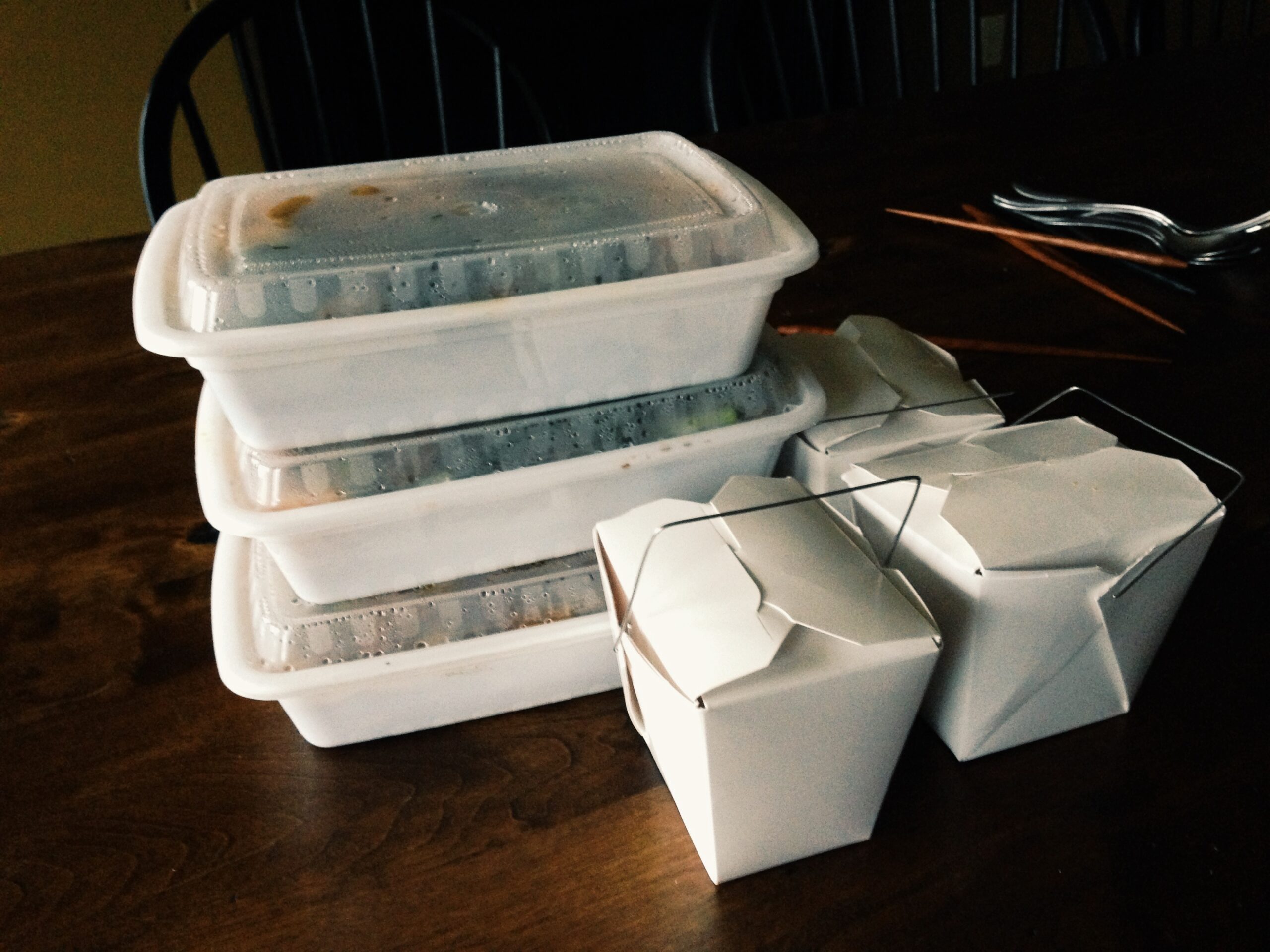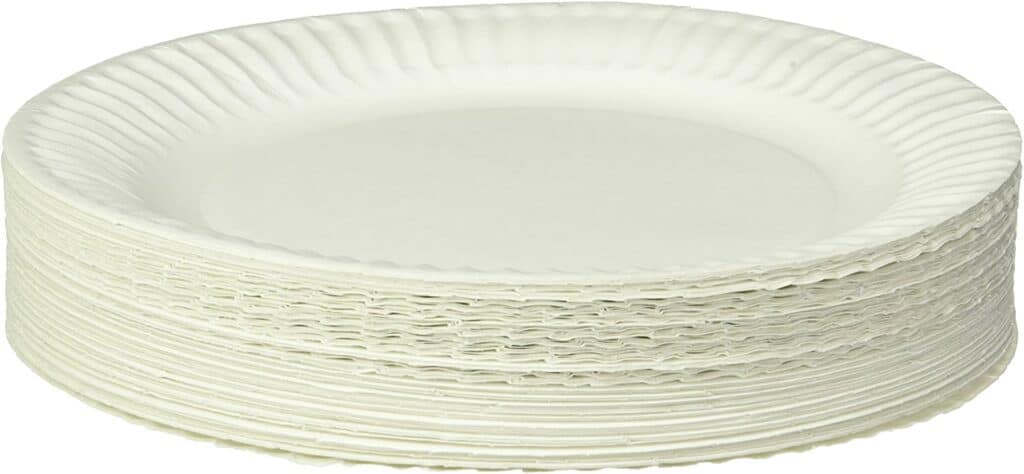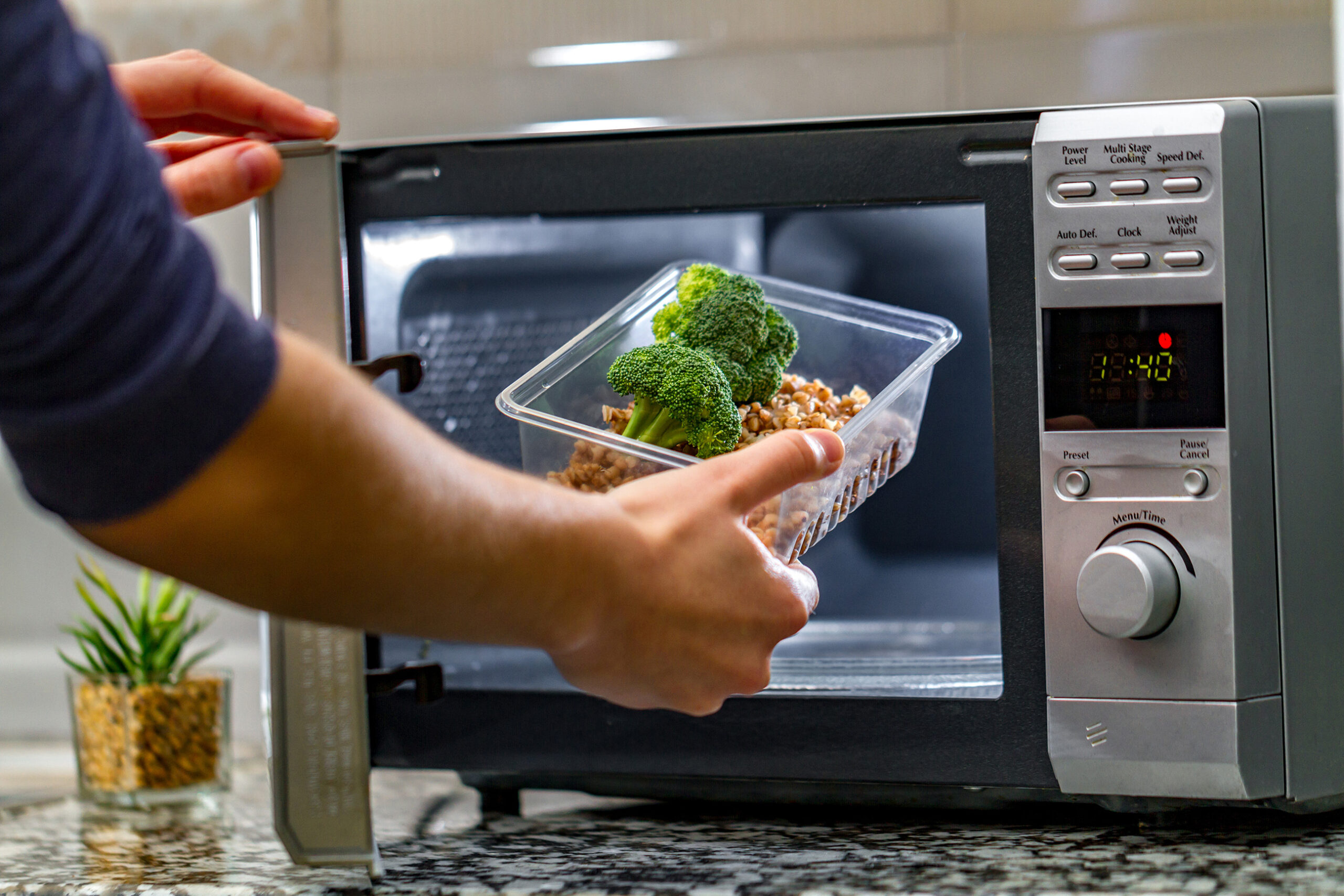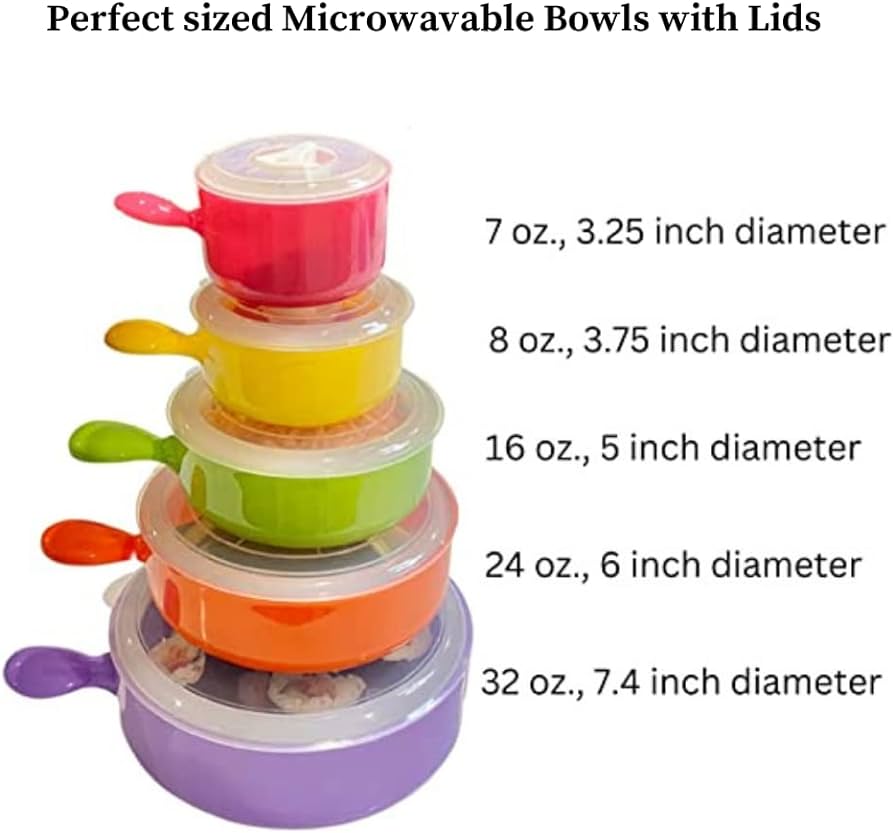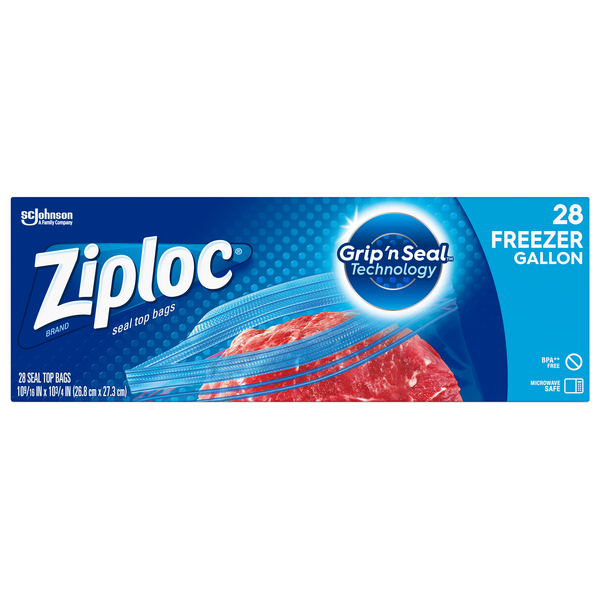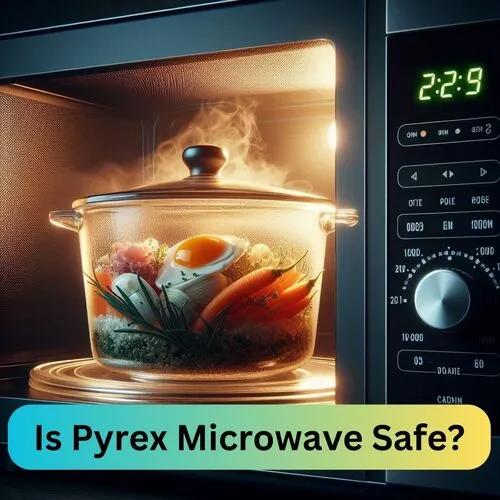Is Tupperware Microwave Safe for Heating Food?
– Tupperware containers are labeled as microwave-safe and BPA-free
– Avoid overheating or lengthy reheating in the microwave with Tupperware
– Some studies have found that plastics such as BPA and BPS may be harmful to health
– Certain Tupperware containers may be made with polycarbonate plastic, which can release BPA into food when heated
– The use of BPA in Tupperware products in the USA and Canada has been discontinued since 2010
– Tupperware products are not designed for cooking but for food storage
– Look for a microwave-safe symbol at the bottom of the Tupperware container
– Plastic numbers 2 and 5 (HDPE and PP) are microwave-safe, while numbers 1, 3, 6, and 7 should be avoided
– If there is no indication of microwave safety, it is best to avoid using the container in the microwave
– Test if a plastic container is suitable for microwaving by heating a glass of water in the container for one minute
– Invest in glass, ceramic, or specially designed microwave-safe containers for microwaving
– Reheat food in a plastic container with the lid off, using a glass, ceramic plate, or damp paper towel instead of the lid
– Leftovers should not be microwaved more than once, and the food should reach a temperature of 165°F (74°C) for safety
– Single-use containers and damaged or old plastic Tupperware should be avoided
– Microwave Tupperware with the lid off to allow steam to escape and prevent pressure buildup
– Glass containers and ceramic dishes are suggested as alternative microwave-safe options to plastic Tupperware
– Stoneware dishes without metallic lining are safe to use in the microwave
– Tupperware with additional decorations should not be microwaved
– Food-grade stainless steel Tupperware made from 304 stainless steel is safe for food storage but not for microwaving
– Plastic containers should not be microwaved to avoid negative health effects
– Heating plastic in the microwave can cause leaching of chemicals into food
– The FDA does not regulate the term “microwave safe”
– Plastics labeled with numbers 2, 4, and 5 are safer for microwaving
– Plastics labeled with numbers 1, 3, 6, or 7 should never go into the microwave
– BPA is an unsafe stabilizer used in plastic manufacturing
– BPA-free containers do not contain this stabilizer
– Tupperware products sold in the US since 2010 are BPA-free
